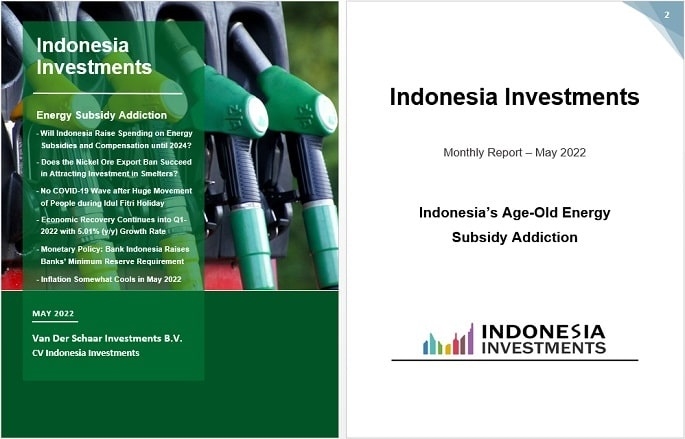Commodity Watch Indonesia: Zooming In On Nickel, A Valuable Metal With A Bright Future
In recent times, commodities have been ‘hot’. The rebound in economic activity after the COVID-19 pandemic (in combination with disrupted supply and logistics chains) started a high commodity price cycle. This cycle that was subsequently strengthened by the Russo-Ukrainian war.
For Indonesia, which is a force in terms of commodity exports, high commodity price cycles are lucrative times as they bring plenty of foreign exchange earnings. We have mentioned on various occasions before that the 2000s commodities boom managed to accelerate Indonesia’s recovery from the Asian Financial Crisis in the late 1990s (which snowballed from a financial crisis into an economic, social and political crisis for Indonesia).
Similarly, the ongoing 2020s commodities boom now helps to accelerate Indonesia’s economic and social recovery from the COVID-19 crisis. Ideally, the earnings that are generated via these commodity booms are (partially) used to establish value-added industries as Indonesia remains too dependent on barely-processed commodities, such as coal and crude palm oil (CPO). After all, these commodity price cycles come and go, whereas value-added goods have a much more stable value on international markets.
In this article we are going to take a look at nickel, a metal with outstanding physical and chemical properties that make it an essential material in (literally) hundreds of thousands of products.
Nickel is primarily sold as refined metal or ferronickel. Most of this is used in alloying to produce stainless and heat-resisting steels. Examples of products that have nickel content include batteries, coins, armour plating, nails, pipes, mobile phones, kitchen wares, medical equipment, TV sets, and electric stoves. In terms of sectors, it are in particular construction, automotive and consumer goods that make use of stainless steels.
Another large part of nickel production goes to the superalloys or nonferrous alloys, which are popular because of their corrosion resistance (thus used in the aerospace industry for turbine blades, discs, and other critical parts of jet engines as well as land-based combustion turbines, such as at electric power generation stations).
Moreover, as the world is increasingly supporting climate-neutrality, companies are reducing operating emissions, while boosting investment in low-carbon metals like copper, cobalt, nickel and lithium. This also includes growing investment in electric vehicles. And nickel is a key element in the lithium-ion batteries that are used in the electric vehicles.
If we take a look at global nickel production, then it is Indonesia that is the leading contributor to the global supply (2021 data) thanks to the expansion of the country’s domestic nickel industry and the increasing number of high-pressure acid leaching (HPAL) projects in the country (HPAL is a process used to extract nickel and cobalt from laterite/limonite ore bodies).

[...]
This is only the introduction of the article. In case you want to read the full article you can order our May 2022 report (an electronic report) by sending an email to [email protected] or a message to +62.882.9875.1125 (including WhatsApp).
Take a glance inside the report here!
Price of this report:
Rp 150,000
USD $10,-
EUR €10,-

